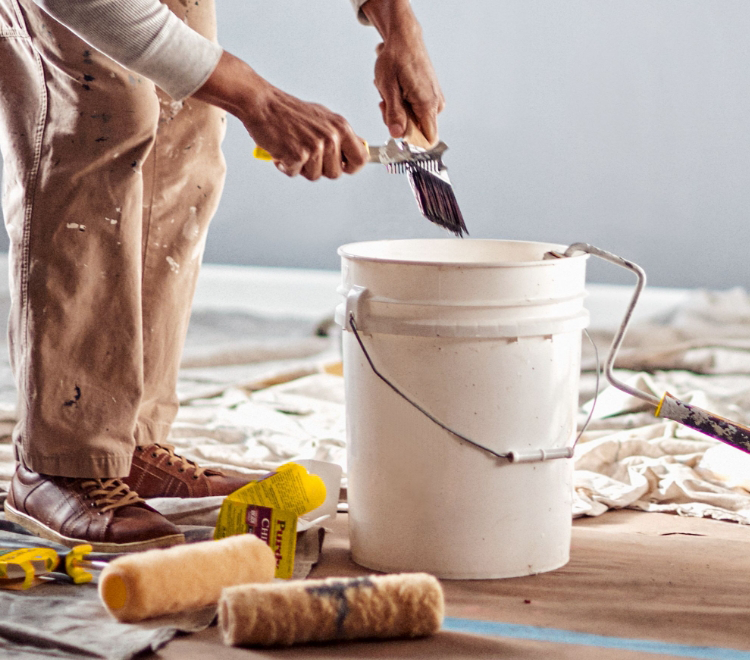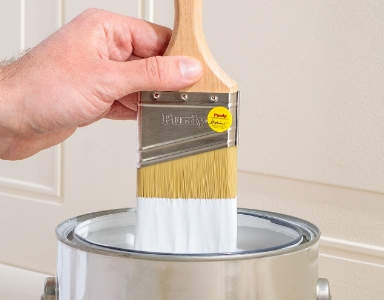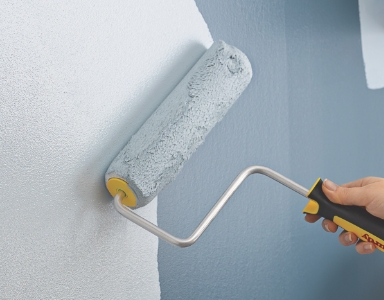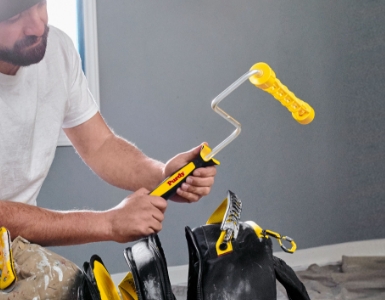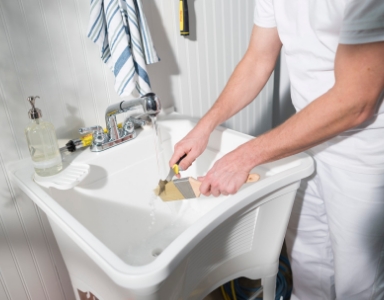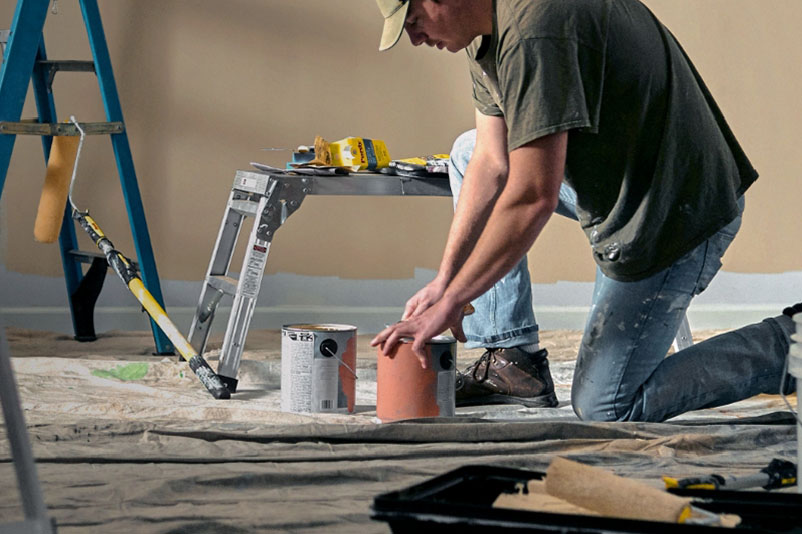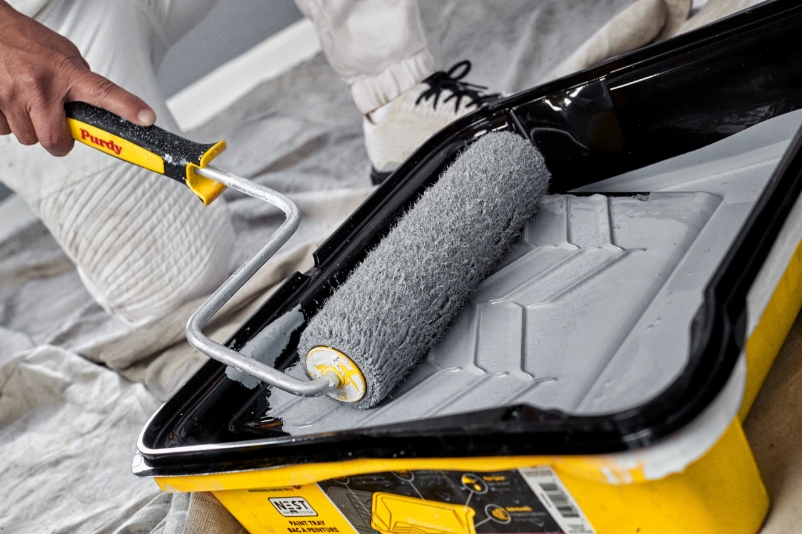No matter what kind of paint, coating, surface or space you’re working with, Purdy® has a vast selection of high-quality brushes designed to do specific jobs fast and perfectly. You’ll find all the information you need to choose the right brush on the keeper packaging of every Purdy brush and you can also find help picking the right brush here.

